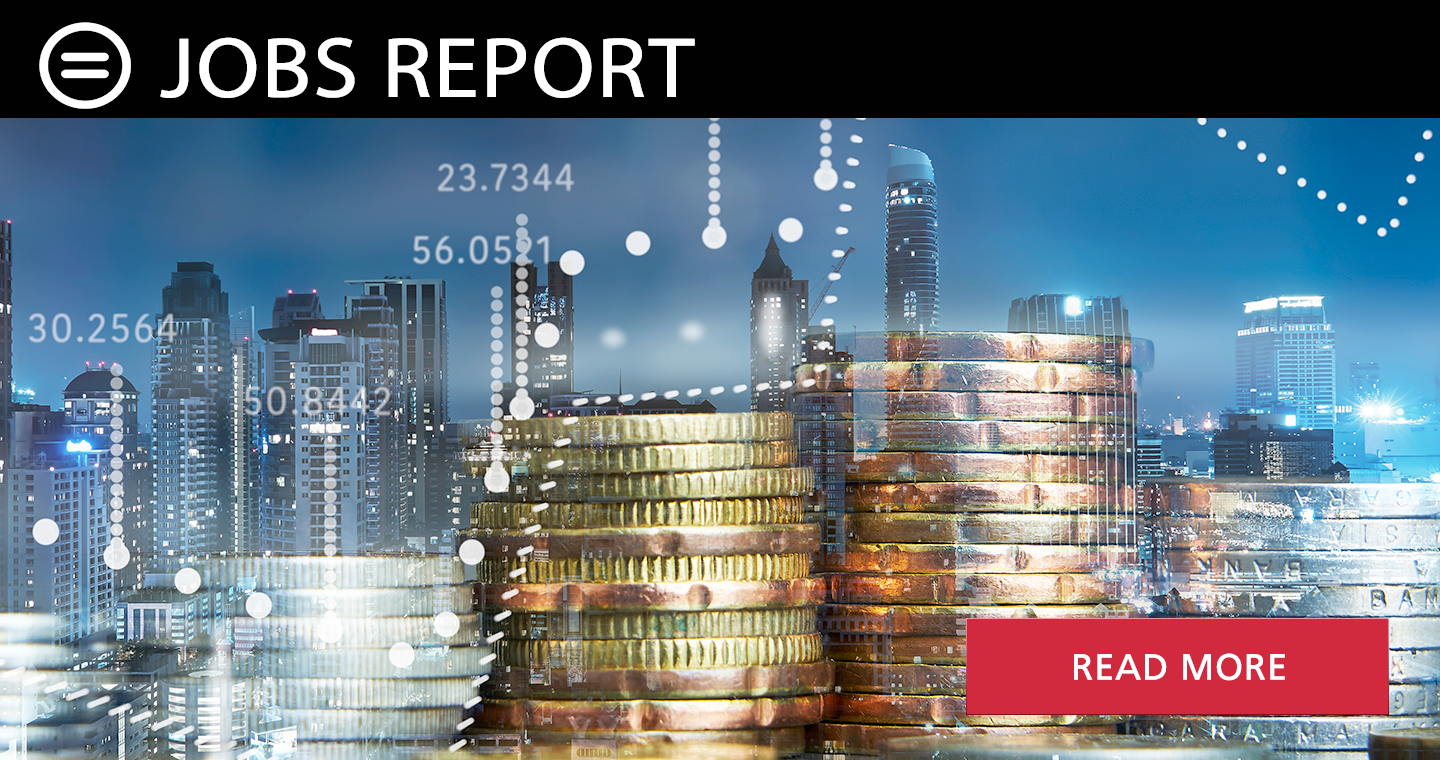May Jobs Report: Slowing Gains and Rising Trade Uncertainty

By Bernard E. Anderson, Ph.D.
Whitney M. Young, Jr. Professor Emeritus, The Wharton School, University of Pennsylvania
Senior Economic Advisor, National Urban League
The May jobs report shows that while the labor market continues to expand, its pace is slowing under the weight of growing economic uncertainty. Employers added 132,000 jobs in May—less than in previous months—but enough to signal continued economic activity. The unemployment rate remained unchanged at 4.2 percent, and while average hourly wages rose by 15 cents—an 8.4 percent increase over the past year—the overall employment picture is showing signs of softening.
The labor force participation rate ticked down to 62.4 percent, and the employment-to-population ratio fell to 59.7 percent. These declines suggest that fewer people are working relative to the size of the population, and that some individuals may be stepping away from the labor force altogether.
Health care and leisure and hospitality led the way in job creation. Health care added 78,000 jobs—continuing to serve as a critical pillar of employment growth—while hospitality posted a gain of 48,000, benefiting from strong consumer demand in services. Construction jobs rose modestly, up 4,000, reflecting stable investment in infrastructure and housing. In contrast, manufacturing employment fell by 8,000, and the retail sector lost 6,500 jobs, underscoring fragility in the goods-producing side of the economy. The public sector also showed weakness, with federal government employment declining by 22,000 jobs—a significant contraction that could limit the delivery of public services in the months ahead.
Black workers saw important gains in May. Black employment rose by 56,000 and the unemployment rate fell to 6.0 percent—a two-tenths improvement from April. White employment, however, declined by 593,000, while the unemployment rate for white workers remained steady at 3.8 percent. The Black–white unemployment ratio fell to 1.58, reflecting modest progress in closing long-standing racial employment gaps. But the disparity remains far too wide, and structural inequities in wages, job access, and career mobility persist.
While the job market remains broadly stable, the overall outlook is clouded by renewed threats of tariffs and trade disruption. President Trump has announced his intent to impose sweeping tariffs on imports from China, the Eurozone, and Asian trading partners. Though implementation is paused for 90 days, the announcement has already slowed the flow of container ships into U.S. ports—particularly in California—raising fears of supply chain bottlenecks.
Tariffs function as a tax on imported goods, increasing consumer prices and the cost of inputs for domestic manufacturers. Previous tariff rounds in 2017 and 2018 sparked retaliatory trade actions, reducing U.S. agricultural exports and forcing Congress to pass a $1.6 billion farm subsidy package to offset losses. There are growing fears that this pattern could repeat—disrupting trade, raising prices, and suppressing demand.
Federal Reserve officials have taken notice. Raphael Bostic, President of the Federal Reserve Bank of Atlanta, recently warned that persistent uncertainty—not just from trade policy, but from tax and fiscal changes as well—warrants patience in adjusting interest rates. With GDP growing slightly above 2 percent and inflation near the Fed’s 2 percent target, the Federal Open Market Committee is not expected to make changes to interest rates before its September meeting.
The May jobs report affirms that the labor market is still working—but it's doing so under increasing pressure. If tariffs are enacted on the scale proposed, consumer spending may slow and the risk of stagflation—low growth combined with rising inflation—will increase. That scenario, last seen in the 1980s, poses serious risks to workers, businesses, and families across the country.
To prevent backsliding, policymakers must provide stability. That means engaging in fair and reciprocal trade negotiations, ensuring tariff regimes are targeted and temporary, and investing in a domestic workforce strategy that prepares Americans for the high-skill jobs of tomorrow. Sustaining this recovery will require vision and restraint in equal measure.

